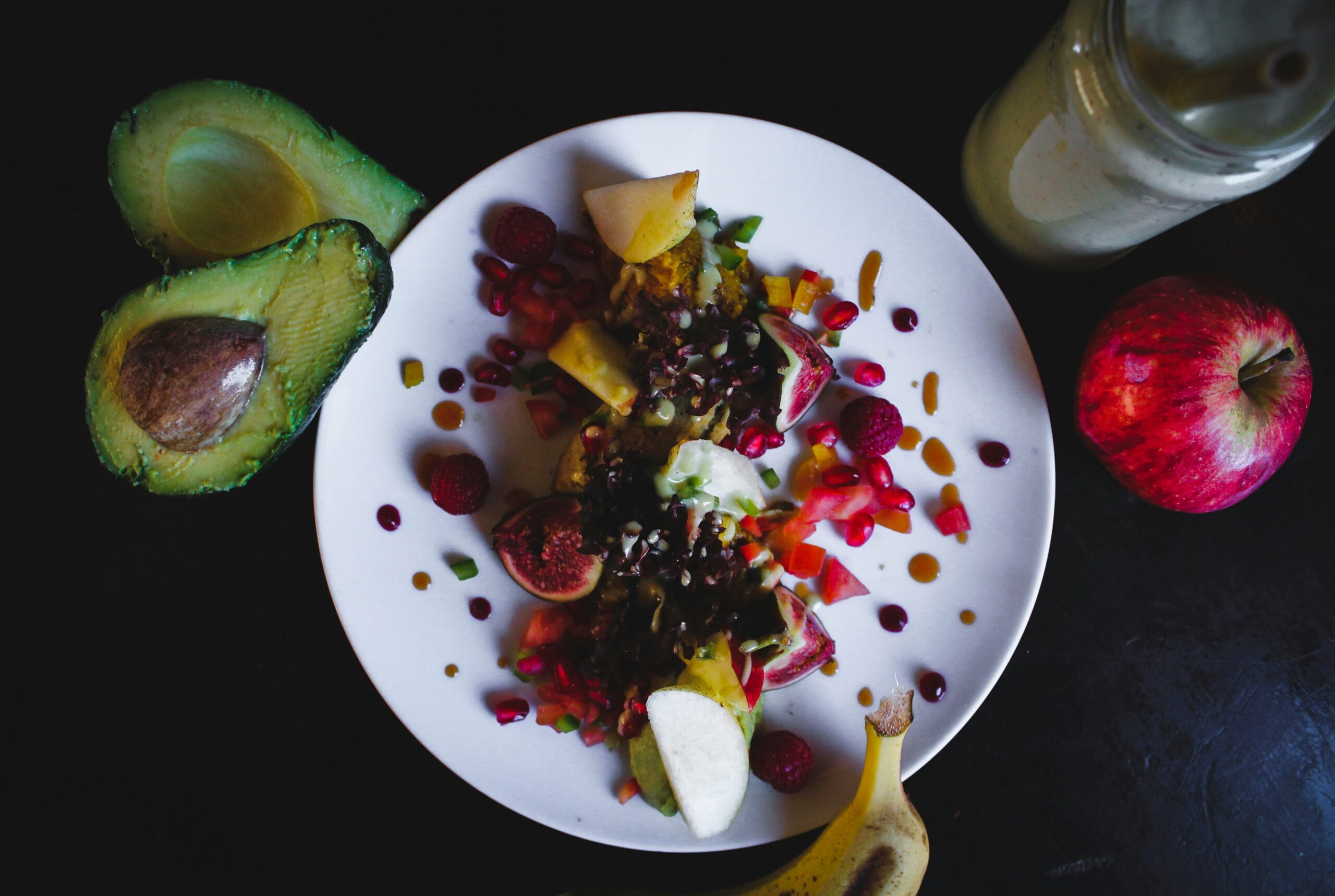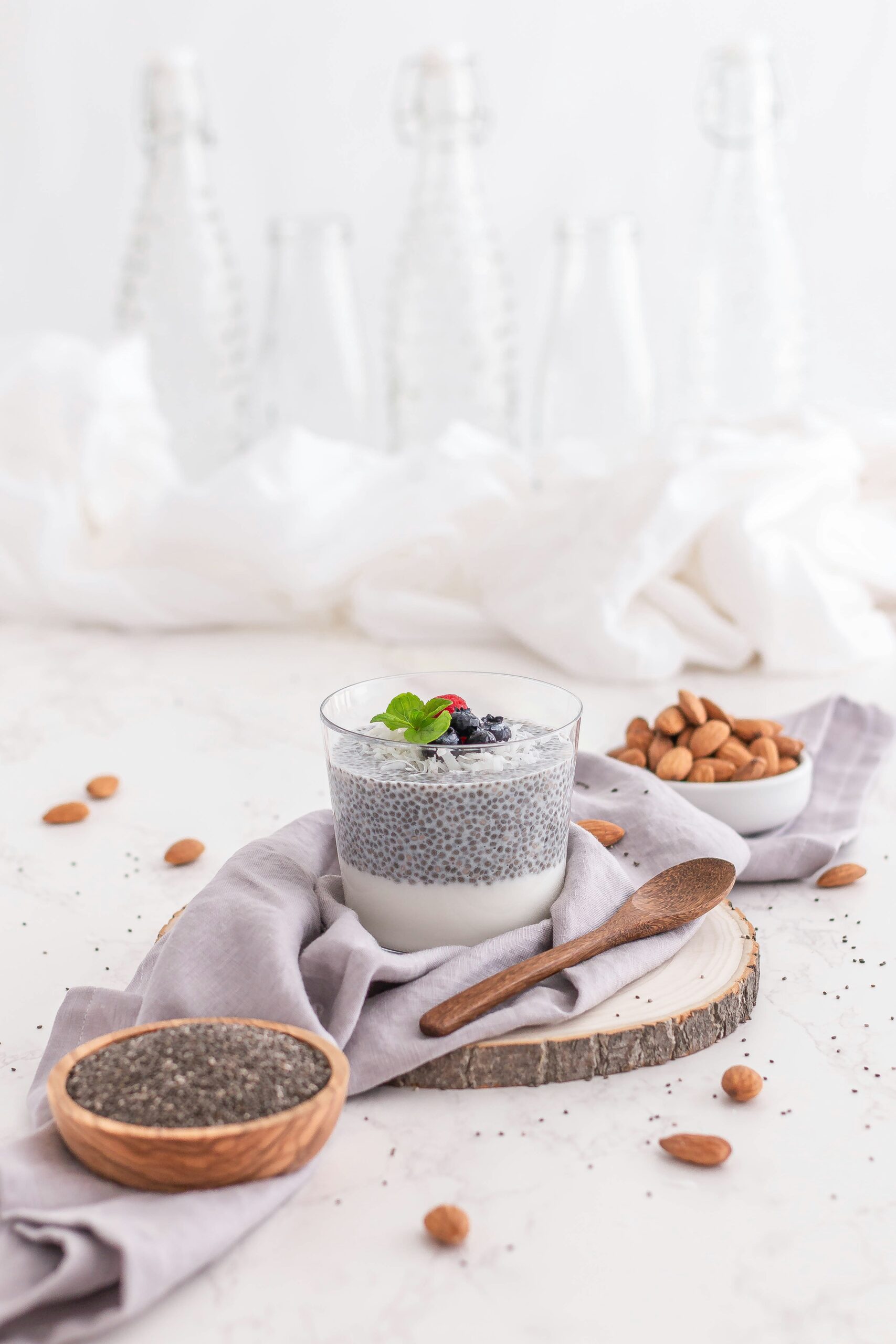Savoring Tradition: Exploring Heirloom Recipes Passed Through Generations
Food is more than just sustenance; it’s a tapestry woven through the fabric of family history. Heirloom recipes, those cherished culinary treasures passed down from one generation to the next, represent a rich heritage that often transcends mere taste. They are steeped in nostalgia, tied to familial bonds, and often come with a side of cherished anecdotes. The act of cooking these dishes connects us to our ancestors, evokes memories of family gatherings, and sometimes even sparks a bit of friendly debate over the “right” way to prepare a dish.
The Origins of Heirloom Recipes
Heirloom recipes often originate from a specific time and place, reflecting the ingredients and cooking techniques available to our forebears. Whether it’s Grandma’s famous chicken pot pie or Aunt Edna’s mysterious spice blend, these recipes usually have a story behind them. They may have been born out of necessity, like using up leftover ingredients, or crafted for special occasions, like holidays or family reunions.
Many families can trace their culinary roots to particular regions or cultures, where traditional cooking methods have been preserved through the years. For instance, Italian families might pass down recipes for homemade pasta, while Southern families might hand down their secret cornbread recipe, each infused with unique flavors and a slice of history.
Preserving Family Heritage
In my own experience, I vividly remember the aroma of my grandmother’s kitchen as she prepared her famous beef stew. The scent of simmering meat and vegetables would waft through the air, wrapping around us like a warm hug. She would insist that the secret was in the timing—each ingredient required just the right moment to be added for the perfect flavor. It’s a small yet significant detail that I’ve tried to replicate, though I often find myself distracted by the latest season of my favorite show (who knew cooking could be so complicated?).
It’s not just about the food; it’s about the stories that come with it. Grandma would regale us with tales of her childhood, of how she learned to cook from her own mother, who had learned from hers. This intergenerational exchange is vital; it preserves not just recipes but also the family’s cultural identity.
Cooking as a Family Affair
Cooking together can be a bonding experience, bringing families closer as they share in the labor of love that is preparing a meal. I often think back to my teenage years when my siblings and I would gather in the kitchen to make our family’s traditional lasagna. Now, let me tell you, there were more arguments over who grated the cheese correctly than I care to admit! Yet, those moments of laughter and the chaos of flour flying through the air are etched in my memory.
As we chopped, stirred, and layered, we weren’t just creating a meal; we were crafting memories. According to culinary historian Dr. Jennifer Thomas, “Food is a vehicle for memory—it carries the weight of our past and connects us to those who came before us.” This is something I’ve come to appreciate even more as I grow older; the recipes are a way to keep those memories alive.
Documenting Heirloom Recipes
As families evolve and members move away, documenting heirloom recipes becomes increasingly important. Digital technology has provided new ways to preserve these culinary legacies. Many families are now creating digital cookbooks, compiling recipes along with photographs and stories that accompany each dish. It’s a modern twist on a traditional practice, and I can’t help but feel that my grandmother would have loved it—she was always fascinated by new gadgets.
Consider the case of the Martinez family in New Mexico. They created a family website where they share their grandmother’s traditional tamale recipe, complete with video tutorials. The family not only shares the recipe but also includes anecdotes about the first time they made tamales together—a day filled with laughter, spilled masa, and a few tears. This blending of cooking and storytelling ensures that the family’s culinary heritage remains vibrant for generations to come.
Reviving Forgotten Flavors
While some heirloom recipes are celebrated and frequently prepared, others fade into obscurity, forgotten amidst the hustle of modern life. However, a growing trend in the culinary world is the revival of these “forgotten” dishes. Chefs and home cooks alike are rediscovering old recipes, often adapting them for contemporary palates.
Take, for instance, the resurgence of sourdough bread baking during the pandemic. Home bakers dug out their grandmother’s long-lost recipes, dusting off flour canisters and rediscovering the joy of crafting bread from scratch. It’s a beautiful reminder that even in a fast-paced world, the act of cooking can slow us down and reconnect us with our roots. I mean, who would’ve thought that a loaf of bread could spark so much joy (and a few sourdough starter disasters) during such uncertain times?
Heirloom Ingredients: A Taste of the Past
In addition to the recipes themselves, the ingredients used often carry their own stories. Heirloom varieties of fruits and vegetables, for example, are making a comeback, sought after for their flavor and historical significance. These varieties, often passed down through generations, serve as a reminder of the agricultural practices that shaped our culinary landscape.
When I recently stumbled upon heirloom tomatoes at a local farmer’s market, memories of my mother’s summer salads flooded back. These weren’t just any tomatoes; they were plump, juicy, and bursting with flavor—unlike the bland, uniform produce found in many grocery stores today. These heirloom ingredients can transform a dish, imbuing it with a sense of place and history that’s hard to replicate with modern varieties.
Community and Heirloom Recipes
The beauty of heirloom recipes also lies in their ability to foster community. Many cultures emphasize the importance of gathering around food, whether it’s a Sunday family dinner or a potluck with friends. These gatherings are often centered around traditional recipes, creating moments of connection and shared experience.
Take the example of the annual “Pie Day” celebrated in a small town in Ohio. Families come together to bake pies using recipes passed down through generations, and the event culminates in a community pie contest. This celebration of tradition not only honors family legacies but also strengthens community bonds, as neighbors gather to share in the fruits of their labor (and let’s be honest, there’s always a bit of friendly competition involved).
The Role of Heirloom Recipes in Modern Cooking
So, how do heirloom recipes fit into our fast-paced, modern cooking landscape? It’s a question worth pondering. Some might argue that convenience has taken precedence, with ready-made meals and fast food dominating our culinary choices. Yet, others believe that heirloom recipes offer a counterbalance, reminding us of the value of patience and the art of cooking.
Many home cooks are now embracing slower cooking methods, taking the time to prepare meals from scratch. They are seeking out local ingredients, often inspired by heirloom recipes, and prioritizing quality over convenience. I’ve noticed this trend in my own kitchen, as I’ve made a conscious effort to incorporate more traditional dishes into my meal planning. It takes time, sure, but the rewards are immeasurable—both in flavor and in the satisfaction of creating something meaningful.
Passing the Torch: Teaching the Next Generation
As the torch is passed to the next generation, it becomes essential to teach the art of cooking heirloom recipes. Engaging children and young adults in the kitchen not only helps them develop culinary skills but also instills a sense of appreciation for the traditions that came before them. I often find myself recruiting my niece for ‘kitchen assistant’ duties, which usually devolves into a flour fight, but hey, it’s all in good fun.
Experts suggest starting with simple recipes—perhaps a beloved family cake or a pancake recipe that has stood the test of time. As children learn the basics, they begin to understand the stories and significance behind each dish. This knowledge fosters a deeper connection to their heritage and encourages them to carry on the culinary legacies of their families.
Food as an Emotional Connector
Food is inherently tied to emotion; it has the power to transport us back to cherished moments and familiar faces. Heirloom recipes are often associated with feelings of love, warmth, and nostalgia. In fact, studies show that the smells and tastes associated with food can trigger powerful memories, which may explain why I can’t resist a warm chocolate chip cookie fresh from the oven.
For many, the act of cooking heirloom recipes is a way to honor lost loved ones, keeping their memory alive through the meals they once prepared. I often think of my grandmother as I roll out pie crust, her voice guiding me through the process as I try to remember the little tips she imparted. It’s a bittersweet experience, but one that brings me joy as I create something that connects me to her.
Conclusion: The Future of Heirloom Recipes
As we move into an increasingly fast-paced world, the importance of heirloom recipes should not be overlooked. They serve as a bridge between generations, providing us with a sense of identity and belonging. Through food, we connect with our past, share stories of our families, and create new memories to pass on to future generations.
In embracing these recipes, we honor the traditions that shape us while also adapting them to fit our modern lives. The challenge lies in finding the balance between honoring the past and embracing the future; after all, no one wants to be stuck in the kitchen for hours when there’s a binge-worthy show waiting to be watched!
Ultimately, the act of cooking heirloom recipes is a celebration of love, history, and family—one delicious bite at a time. So whether you’re whipping up a batch of Grandma’s cookies, rolling out dough for a family pie, or simply reminiscing about the dishes of yesteryear, remember that each recipe tells a story. And in the kitchen, those stories come alive.




